Creating a DIY Container Garden
Have you ever dreamed of having your own little green oasis, but thought you didn't have enough space? Well, think again! Container gardening is the perfect solution for those of us with limited room, whether it’s a tiny balcony, a small patio, or even just a sunny windowsill. With a bit of creativity and the right approach, you can cultivate a lush, vibrant garden that not only beautifies your space but also provides fresh herbs, vegetables, and flowers. This article will guide you through the essentials of starting a container garden, including plant selection, soil preparation, and maintenance tips to help you cultivate a thriving green space in limited areas.
Selecting the appropriate containers is crucial for your garden's success. Imagine your plants as guests at a party; they need the right environment to thrive and feel comfortable. When choosing containers, consider the following factors:
- Materials: Options include plastic, ceramic, metal, and wood. Each has its own benefits and drawbacks. For example, ceramic pots are aesthetically pleasing but can be heavy, while plastic pots are lightweight but may not be as durable.
- Sizes: The size of your container should correspond with the plants you choose. Larger plants need larger containers to accommodate their root systems, while smaller plants can thrive in petite pots.
- Drainage: Good drainage is essential to prevent root rot. Ensure your containers have drainage holes or consider using self-watering pots that help maintain moisture levels.
Understanding the right soil mix and fertilization techniques is vital for container gardening. Think of soil as the foundation of your garden; without a solid base, your plants won’t flourish. The right potting soil is designed to provide adequate drainage, aeration, and nutrition. Let's dive into the different aspects of soil and fertilization.
Different plants require specific soil types. For instance, succulents thrive in sandy, well-draining soil, while vegetables may prefer a richer mix. Here are some common potting soil types:
- All-Purpose Potting Soil: Great for most plants, providing a balanced mix of nutrients.
- Seed Starting Mix: Light and fluffy, ideal for germinating seeds.
- Cactus and Succulent Mix: Contains more sand and less organic matter for excellent drainage.
Deciding between organic and synthetic fertilizers can impact your plants. Organic fertilizers are derived from natural sources and improve soil health over time, while synthetic options provide quick nutrient boosts. Each has its pros and cons:
| Type | Benefits | Drawbacks |
|---|---|---|
| Organic | Improves soil structure, long-term benefits | Slower nutrient release |
| Synthetic | Fast-acting, precise nutrient ratios | Can harm soil health over time |
Timing your fertilization is essential for plant health. Generally, you should fertilize container plants every 4 to 6 weeks during the growing season. However, always follow the specific instructions for your chosen fertilizer to avoid over-fertilizing, which can harm your plants.
Proper watering is crucial for container gardens. Think of watering as a balancing act; too little, and your plants will wilt; too much, and you risk drowning them. Here are some effective techniques:
- Check the soil moisture with your finger; if it feels dry an inch down, it’s time to water.
- Water deeply, allowing excess to drain out the bottom. This encourages deep root growth.
- Consider using a drip irrigation system for consistent moisture levels.
Choosing the right plants for your container garden can enhance its visual appeal and sustainability. Factors like climate, sunlight, and personal preferences play a significant role in your selections. Whether you prefer vibrant flowers or fresh herbs, there’s a world of options out there!
Understanding the differences between annuals and perennials helps in planning your garden. Annuals complete their life cycle in one growing season, providing instant color but needing replanting each year. Perennials, on the other hand, come back year after year, making them a great investment for long-term beauty.
Companion planting can maximize space and improve plant health. Some plants thrive together, while others may hinder each other’s growth. For instance, planting basil alongside tomatoes can enhance flavor and deter pests.
Regular maintenance is essential for a thriving container garden. Just like any relationship, your plants need attention and care to flourish. This section covers watering schedules, pest control, and pruning techniques to keep your plants healthy.
Managing pests effectively ensures the health of your plants. You can choose between natural methods, like introducing beneficial insects, or chemical options. Always consider the impact on your garden ecosystem before deciding on a course of action.
Adapting your care routine based on the seasons can enhance your garden's success. In spring, focus on planting and fertilizing, while summer may require more frequent watering. Autumn is the time for pruning, and winter often calls for protective measures against frost.
Q: Can I grow vegetables in containers?
A: Absolutely! Many vegetables thrive in containers, including tomatoes, peppers, and lettuce. Just ensure your containers are large enough to accommodate their root systems.
Q: How do I prevent my plants from drying out?
A: Regularly check soil moisture and consider using self-watering containers to maintain consistent moisture levels.
Q: What should I do if my plants are not growing well?
A: Assess your watering, soil quality, and sunlight exposure. Sometimes, a simple adjustment can make a world of difference!
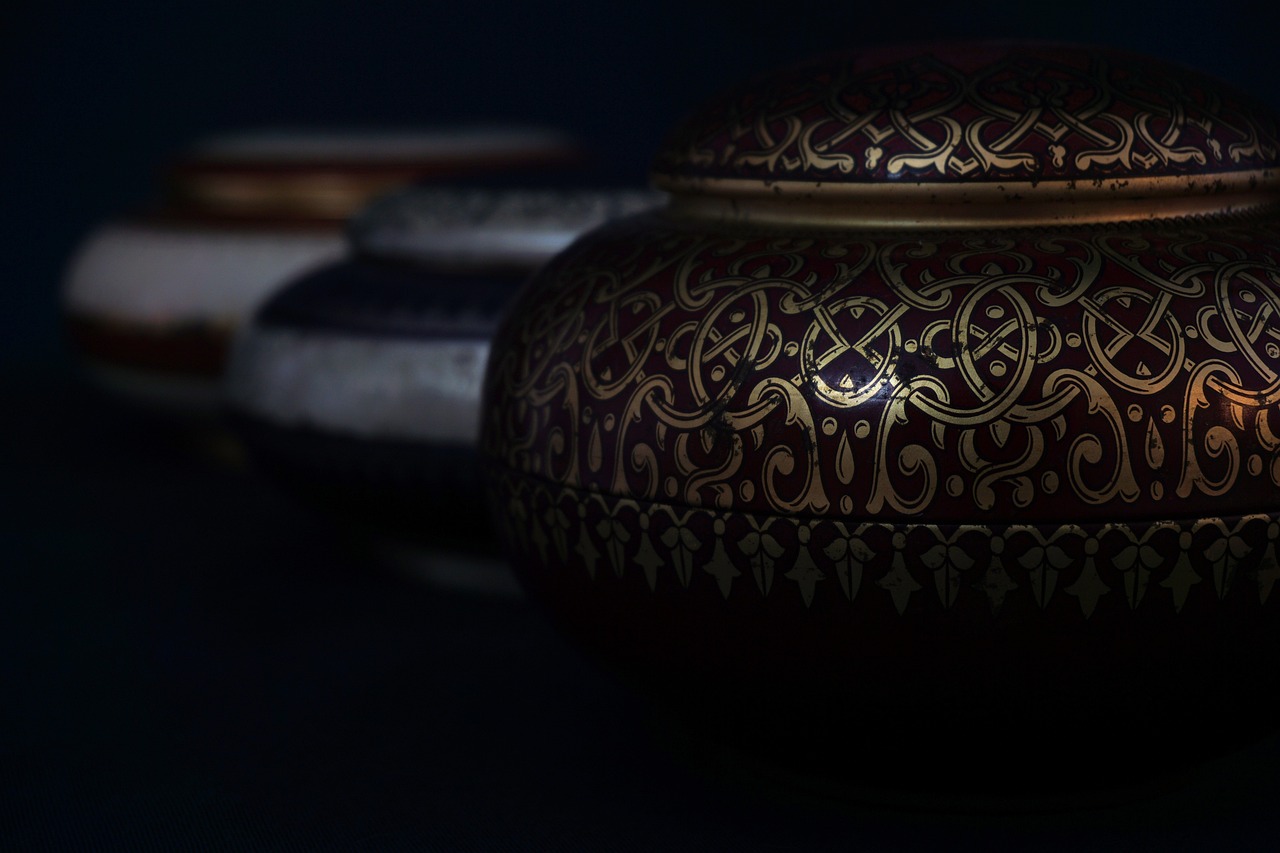
Choosing the Right Containers
When it comes to starting your container garden, selecting the right containers is absolutely crucial for your plants' success. Imagine trying to grow a beautiful flower in a pot that’s too small or lacks drainage; it just won’t thrive! The right container can make all the difference, and there are several factors to consider. First off, think about the material of your containers. You might choose from options like plastic, clay, ceramic, or metal. Each material has its pros and cons. For instance, while plastic is lightweight and retains moisture well, clay allows for better air circulation but can dry out quickly.
Next, let’s talk about size. The size of your container should correspond to the type of plants you want to grow. Larger plants, such as tomatoes or peppers, require deeper pots, while herbs or smaller blooms can thrive in shallower ones. As a general rule, the bigger the plant, the bigger the pot! A good guideline is to ensure that your container is at least 12 inches in diameter for most medium-sized plants.
Another vital aspect is drainage. Without proper drainage, your plants can suffer from root rot, which is a death sentence for many delicate species. Always select containers with drainage holes at the bottom. If you fall in love with a container that doesn’t have holes, you can create your own or use it as a decorative outer pot for one that does. Just remember to elevate your inner pot slightly to allow excess water to escape.
Consider the style of your containers as well. You want your garden to reflect your personality and complement your space. Whether you prefer rustic wooden boxes, sleek modern pots, or vibrant painted containers, there’s a world of options out there. Just ensure that your choice not only looks good but also meets the practical needs of your plants.
Lastly, think about the environment in which your containers will be placed. If they will be exposed to harsh sunlight, you might want to opt for lighter-colored pots that reflect heat rather than absorb it. On the other hand, darker pots can retain warmth, which can be beneficial in cooler climates. Always observe your plants and their surroundings to make adjustments as necessary.
In summary, choosing the right containers involves a careful balance of material, size, drainage, style, and environmental considerations. By paying attention to these factors, you’ll set your container garden up for success right from the start!
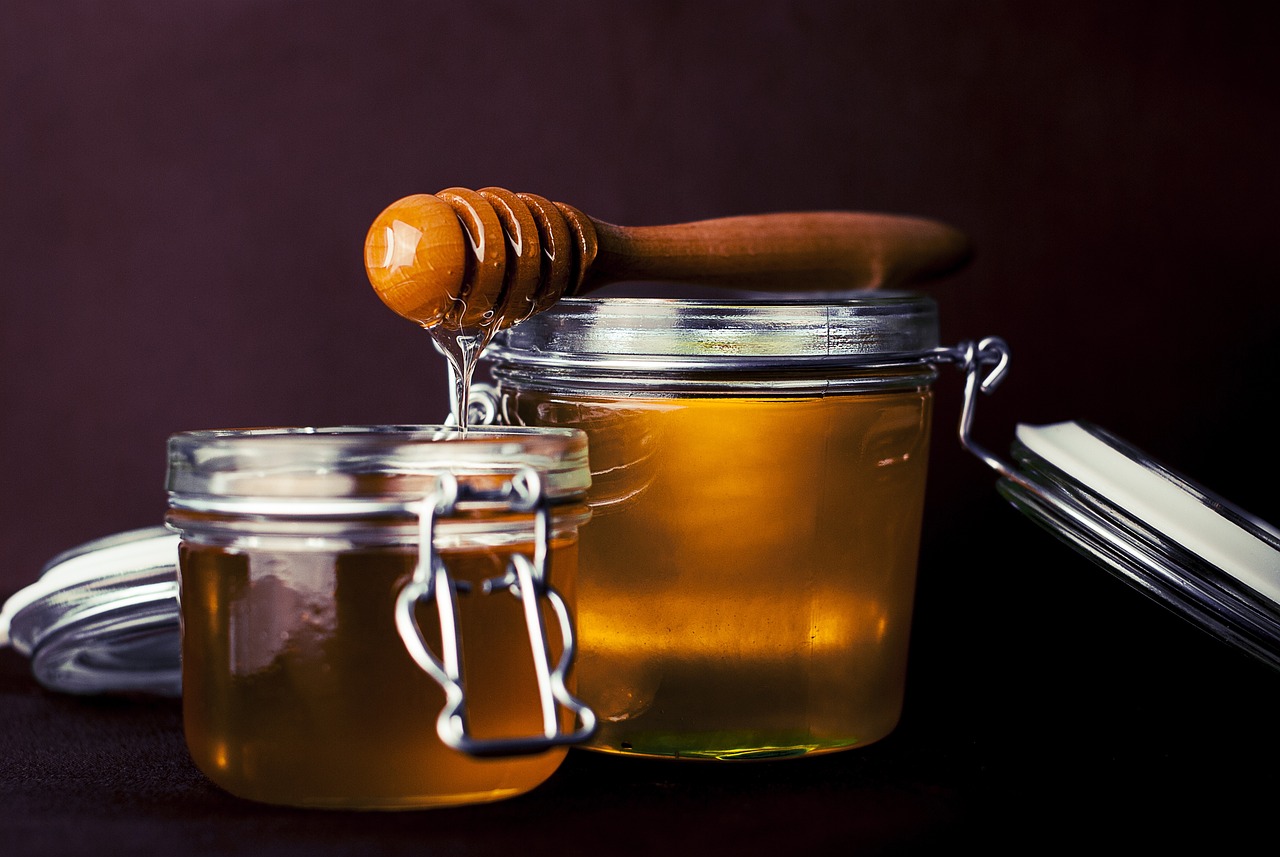
Soil and Fertilization
When it comes to container gardening, understanding the right soil mix and fertilization techniques is absolutely vital for your plants' health and growth. Think of soil as the foundation of a building; without a solid base, everything else can crumble. The right soil provides essential nutrients, retains moisture, and allows for proper drainage, all of which are crucial for your plants to thrive in their confined spaces. So, let’s dig into the nitty-gritty of soil types and fertilization!
First off, let’s talk about potting soil. Not all soils are created equal, and using regular garden soil in containers can lead to a host of problems like poor drainage and compaction. Instead, opt for a high-quality potting mix that is specifically formulated for container gardening. These mixes often contain a blend of peat moss, vermiculite, and perlite, which together create a fluffy structure that allows roots to breathe while retaining moisture.
Different plants have different needs, which is why it's essential to choose the right potting soil. Here’s a quick overview of some popular types:
- General-purpose potting mix: Great for most plants, this mix provides a balanced environment for growth.
- Cactus and succulent mix: Designed to drain quickly, this mix prevents overwatering, which is crucial for these drought-loving plants.
- Seed-starting mix: A fine-textured mix that promotes germination without overwhelming young seedlings.
- Orchid mix: Typically contains bark and charcoal, this mix allows for excellent drainage and airflow.
Next, let’s dive into the world of fertilizers. Fertilizing your plants is like giving them a hearty meal. It’s essential to provide the right nutrients at the right time to ensure they flourish. There are two main categories of fertilizers: organic and synthetic. Each has its pros and cons, and your choice can significantly impact your plants.
Organic fertilizers, derived from natural sources, are often considered the safer option for both plants and the environment. They release nutrients slowly, improving soil health over time. However, they may require more frequent applications. On the other hand, synthetic fertilizers provide a quick nutrient boost, which can be beneficial for rapid growth, but they can also lead to nutrient runoff and soil degradation if overused. Here’s a quick comparison:
| Type | Pros | Cons |
|---|---|---|
| Organic | Environmentally friendly, improves soil health | Slower nutrient release, may need more frequent applications |
| Synthetic | Fast-acting, easy to apply | Can harm soil health, risk of over-fertilization |
Timing your fertilization is just as crucial as the type of fertilizer you choose. Most container plants benefit from fertilization every 4 to 6 weeks during the growing season, which typically runs from spring to early fall. However, always check the specific needs of your plants, as some may require more or less frequent feeding. A good rule of thumb is to fertilize after watering, as this helps to prevent root burn. Remember, less is often more; over-fertilizing can lead to salt buildup in the soil, which can harm your plants.
Now that you’ve got your soil and fertilization down, let’s not forget about watering. Proper watering is crucial for container gardens. It’s essential to ensure that your plants receive the right amount of moisture without overwatering. Overwatering can lead to root rot, while underwatering can cause your plants to wilt. A good practice is to check the soil moisture level by sticking your finger about an inch deep into the soil. If it feels dry, it’s time to water!
In conclusion, mastering soil and fertilization techniques is key to creating a flourishing container garden. With the right potting mix, a balanced fertilization schedule, and attentive watering practices, you can cultivate a thriving green space, even in limited areas.
Q: Can I use regular garden soil for my container garden?
A: It's not recommended. Regular garden soil can compact in containers, leading to poor drainage. Instead, opt for a quality potting mix designed for container gardening.
Q: How often should I fertilize my container plants?
A: Generally, every 4 to 6 weeks during the growing season is ideal, but always check the specific needs of your plants.
Q: What type of fertilizer is best for container gardens?
A: Both organic and synthetic fertilizers can work well. Organic fertilizers are better for long-term soil health, while synthetic options provide quick nutrient boosts.

Types of Potting Soil
When it comes to container gardening, the type of potting soil you choose can make or break your plants' success. Think of potting soil as the bed your plants sleep on; if it's uncomfortable, they won't thrive. There are various types of potting soils tailored for different plants and their specific needs. Understanding these can help you create a lush, vibrant garden.
One of the most common types of potting soil is all-purpose potting mix. This blend generally contains a mix of peat moss, compost, and perlite or vermiculite. It's versatile and suitable for a wide range of plants, making it a go-to choice for many gardeners. However, if you're looking to cater to specific plant types, you might want to delve deeper into more specialized mixes.
For instance, cactus and succulent soil is designed to drain quickly, preventing root rot in these drought-loving plants. This type usually has a higher sand content and less organic matter, ensuring that moisture evaporates quickly. On the other hand, seed starting mix is lighter and finer, providing the ideal conditions for germinating seeds. It’s typically devoid of fertilizers, allowing young plants to develop strong roots without being overwhelmed by nutrients.
Another option is orchid mix, which is specifically formulated for orchids and other epiphytic plants. This mix usually contains bark, charcoal, and other chunky materials that promote airflow and drainage. Hydroponic mixes are also gaining popularity, especially among urban gardeners. These soilless mixes often contain coconut coir, perlite, and other inert materials, providing a clean and efficient growing medium without the mess of traditional soil.
Here’s a quick comparison of some popular potting soil types:
| Type of Soil | Best For | Key Features |
|---|---|---|
| All-Purpose Mix | General gardening | Versatile, contains peat moss and perlite |
| Cactus/Succulent Mix | Cacti and succulents | Fast-draining, high sand content |
| Seed Starting Mix | Seedlings | Light, fine texture, no fertilizers |
| Orchid Mix | Orchids | Chunky materials, promotes airflow |
| Hydroponic Mix | Soilless gardening | Inert materials, clean and efficient |
Choosing the right potting soil is like picking the perfect outfit for a special occasion; it sets the tone for everything that follows. When selecting your mix, consider the specific needs of the plants you wish to cultivate. Pay attention to their moisture requirements, drainage needs, and overall growth habits. With the right potting soil, you’ll be well on your way to creating a thriving container garden that not only looks great but also flourishes!
- What is the difference between potting soil and garden soil? Potting soil is specifically formulated for container gardening, while garden soil is designed for in-ground planting. Potting soil usually has better drainage and is lighter.
- Can I reuse potting soil? Yes, but it's advisable to refresh it by mixing in new nutrients and ensuring it’s free of pests and diseases.
- How often should I replace my potting soil? Typically, you should replace potting soil every 1-2 years, or when it starts to break down and lose its structure.
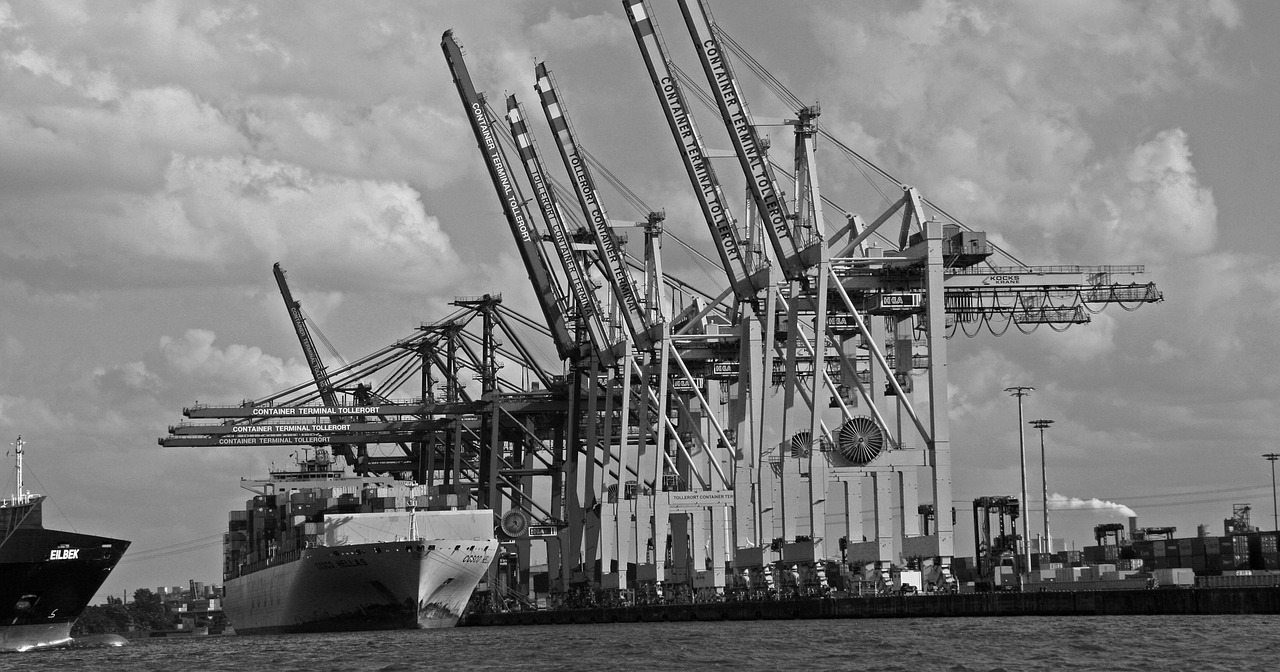
Organic vs. Synthetic Fertilizers
When it comes to nurturing your container garden, the choice between organic and synthetic fertilizers can feel overwhelming. Each type has its own set of advantages and disadvantages, and understanding these can help you make an informed decision that aligns with your gardening philosophy and the specific needs of your plants. Organic fertilizers are derived from natural sources such as compost, manure, and bone meal. They release nutrients slowly, promoting a gradual and sustained growth process. This slow-release nature is beneficial because it minimizes the risk of nutrient runoff and soil depletion, making it an eco-friendly option.
On the flip side, synthetic fertilizers are man-made and often contain concentrated nutrients that can give plants an immediate boost. They are particularly useful for quickly addressing nutrient deficiencies. However, the rapid release of nutrients can lead to a potential buildup of salts in the soil, which may harm plant roots over time. Additionally, synthetic fertilizers can disrupt the natural microbial balance in the soil, leading to long-term ecological consequences.
Here’s a quick comparison of the two types:
| Feature | Organic Fertilizers | Synthetic Fertilizers |
|---|---|---|
| Nutrient Release | Slow and steady | Fast acting |
| Soil Health | Improves soil structure and microbial activity | Can harm soil microbes |
| Environmental Impact | Generally more eco-friendly | Can lead to runoff and pollution |
| Cost | Usually more expensive | Typically cheaper |
Ultimately, the choice between organic and synthetic fertilizers depends on your gardening goals. If you’re looking to create a sustainable garden that supports soil health and biodiversity, organic options may be the way to go. However, if you need quick results or are dealing with specific nutrient deficiencies, synthetic fertilizers can provide that immediate boost. It's essential to carefully read labels and understand the nutrient content of any fertilizer you choose, ensuring it meets the needs of your plants without compromising the health of your garden ecosystem.
- Can I use both organic and synthetic fertilizers together? Yes, but it’s essential to monitor your plants' response and adjust accordingly.
- How often should I fertilize my container plants? Generally, every 4-6 weeks during the growing season is recommended, but this can vary based on the type of fertilizer used.
- Are organic fertilizers safe for edible plants? Absolutely! Organic fertilizers are often preferred for growing fruits and vegetables due to their natural composition.
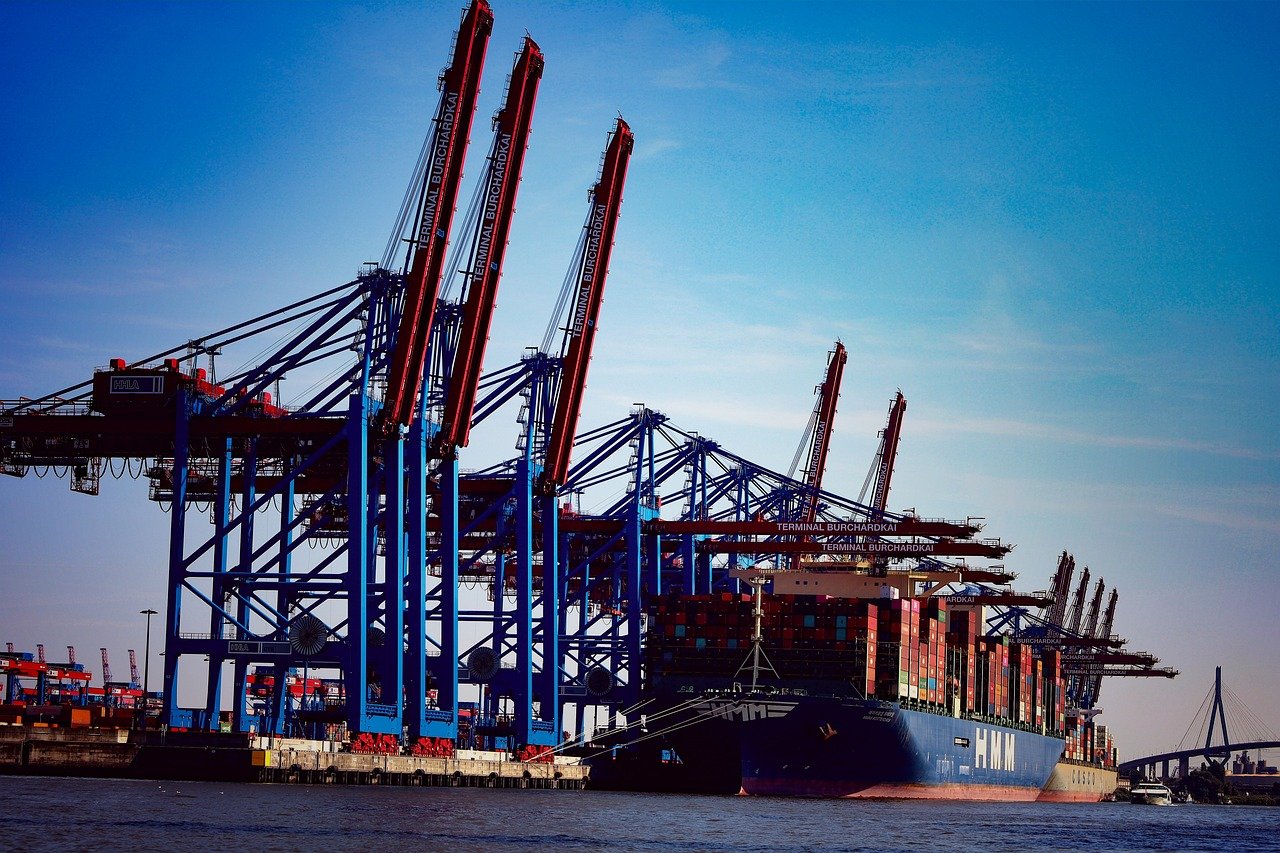
When to Fertilize
Timing your fertilization is absolutely essential for the health and vitality of your container plants. Think of it like feeding a hungry child; you wouldn't wait too long to give them their next meal, right? Similarly, your plants need nutrients at specific times to flourish. Generally, the best practice is to fertilize your container garden every 4 to 6 weeks during the growing season, which typically spans from spring to early fall. However, this can vary depending on the type of plants you are growing and their specific nutrient requirements.
To ensure you're not overfeeding or underfeeding your plants, consider the following factors:
- Plant Type: Different plants have different nutrient needs. For instance, flowering plants may require more phosphorus, while leafy greens benefit from nitrogen.
- Growth Stage: Young plants in the seedling stage may need less fertilizer compared to mature plants that are actively growing or producing flowers and fruits.
- Soil Quality: If you started with a rich potting mix, you might find that your plants need less frequent fertilization initially.
One effective way to determine when to fertilize is to observe your plants. If you notice yellowing leaves or stunted growth, it might be time to give them a nutrient boost. Additionally, always follow the instructions on your fertilizer package—over-fertilizing can lead to nutrient burn, which can damage your plants. It’s a delicate balance, much like seasoning your favorite dish; too much can ruin the flavor!
For those who prefer a more structured approach, consider creating a fertilization calendar. Here’s a simple example:
| Month | Action |
|---|---|
| March | Start fertilizing as new growth appears. |
| April | Continue fertilizing every 4-6 weeks. |
| June | Check plant health; adjust fertilization if necessary. |
| August | Last fertilization before fall. |
In conclusion, knowing when to fertilize your container garden is crucial for promoting healthy growth and vibrant blooms. By paying attention to your plants' needs and maintaining a consistent fertilization schedule, you'll set the stage for a flourishing and beautiful garden. Remember, a little love and care go a long way in the world of container gardening!
Q: How do I know if my plants need fertilizer?
A: Look for signs like yellowing leaves or slow growth. If your plants seem to be struggling, it’s a good indication they might need some nutrients.
Q: Can I over-fertilize my plants?
A: Yes, over-fertilization can lead to nutrient burn, which can damage your plants. Always follow the recommended guidelines on your fertilizer.
Q: Is it better to use organic or synthetic fertilizers?
A: Both have their pros and cons. Organic fertilizers improve soil health over time, while synthetic fertilizers provide immediate nutrients. Your choice will depend on your gardening philosophy and goals.
Q: Should I fertilize during the winter?
A: Most container plants go dormant in winter, so they generally don’t require fertilization during this time. Focus on maintaining proper watering instead.
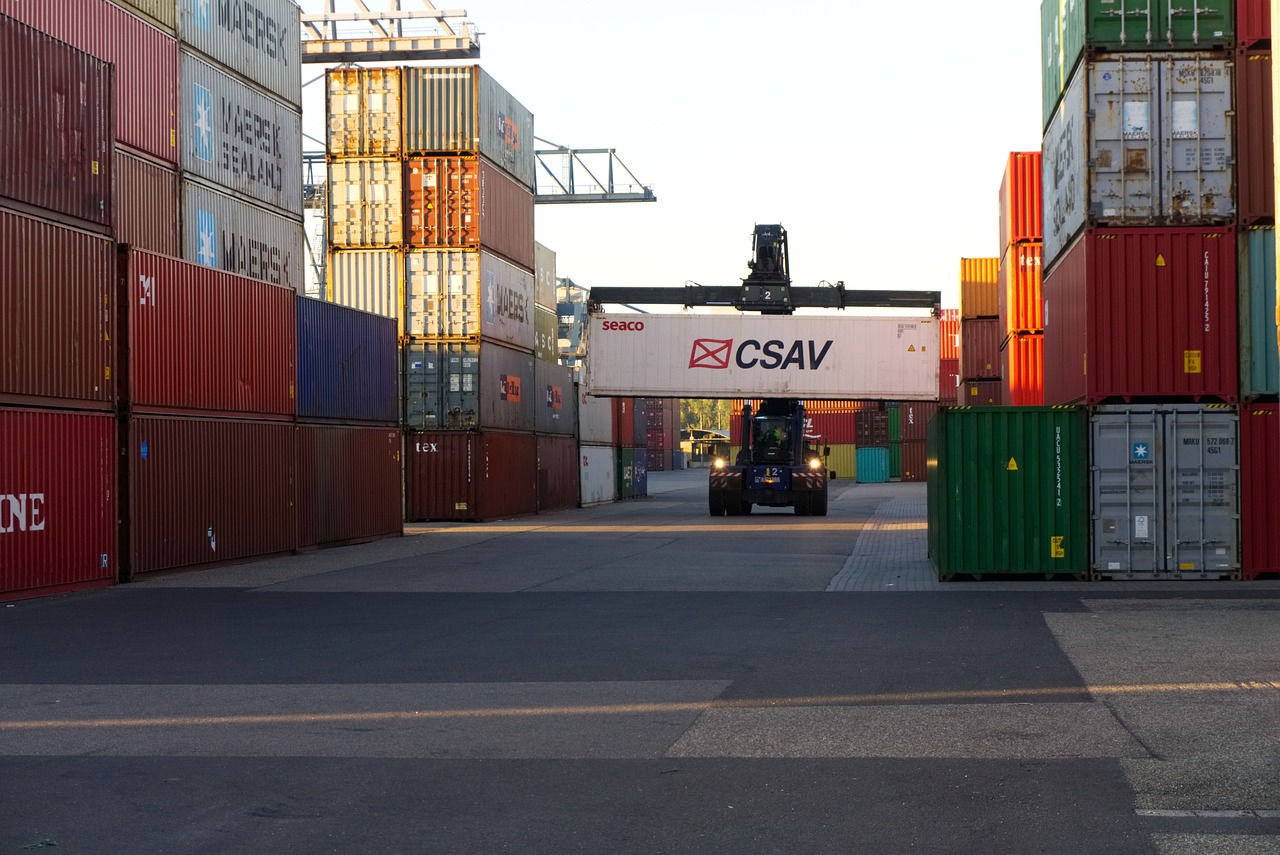
Watering Techniques
When it comes to container gardening, can make or break your plants. Unlike traditional gardens where plants can tap into the ground’s moisture, container plants rely entirely on you for their hydration. This means you need to be mindful of how much and how often you water them. Overwatering can lead to root rot, while underwatering can cause your plants to wilt and die. So, how do you strike the perfect balance?
First, consider the type of plants you have. Some are more drought-tolerant than others. For instance, succulents and cacti thrive on minimal water, whereas leafy greens and herbs often require more moisture. A good rule of thumb is to check the top inch of the soil; if it feels dry, it’s time to water. However, if it’s still damp, hold off for a day or two.
Next, think about the container itself. The material and size can greatly influence how quickly the soil dries out. For example, clay pots are porous and allow moisture to evaporate quickly, while plastic pots retain moisture longer. If you’re using a larger container, you might find that it holds moisture better than a smaller one. Understanding your container’s properties can help you tailor your watering schedule.
To make watering more efficient, consider these techniques:
- Deep Watering: Instead of shallow watering, which only moistens the top layer of soil, give your plants a thorough soak. This encourages roots to grow deeper, making your plants more resilient.
- Use a Watering Can: A watering can with a long spout allows you to direct water precisely where it’s needed, minimizing waste and ensuring even distribution.
- Drip Irrigation: For those who want to take a hands-off approach, installing a drip irrigation system can provide a steady supply of moisture without the risk of overwatering.
Another effective method is to group your containers together. This not only creates a beautiful display but also helps retain humidity, as the plants can share moisture. Additionally, you can use mulch on top of the soil to reduce evaporation and keep the roots cooler during hot weather.
Lastly, keep an eye on the weather. During hot, dry spells, your plants may need watering every day, while cooler, rainy periods might mean you can skip a few days. Always be adaptable and ready to adjust your watering schedule based on the conditions.
In summary, mastering the art of watering your container garden is essential for success. By understanding your plants' needs, the properties of your containers, and employing effective watering techniques, you can cultivate a thriving green space that flourishes all season long.
Q: How often should I water my container plants?
A: It depends on the type of plants, the size of the container, and the weather. Generally, check the top inch of soil; if it's dry, it's time to water.
Q: Can I use tap water for my plants?
A: Yes, but let it sit for 24 hours to allow chlorine to evaporate. Rainwater is also an excellent option as it's naturally soft.
Q: What should I do if my plants are wilting?
A: Check the soil moisture. If it's dry, water them deeply. If the soil is soggy, you may need to repot them into fresh soil to avoid root rot.
Q: Should I water my plants in the morning or evening?
A: Morning is generally the best time, as it allows plants to absorb moisture before the heat of the day. Evening watering can lead to fungal issues since the moisture may not evaporate overnight.
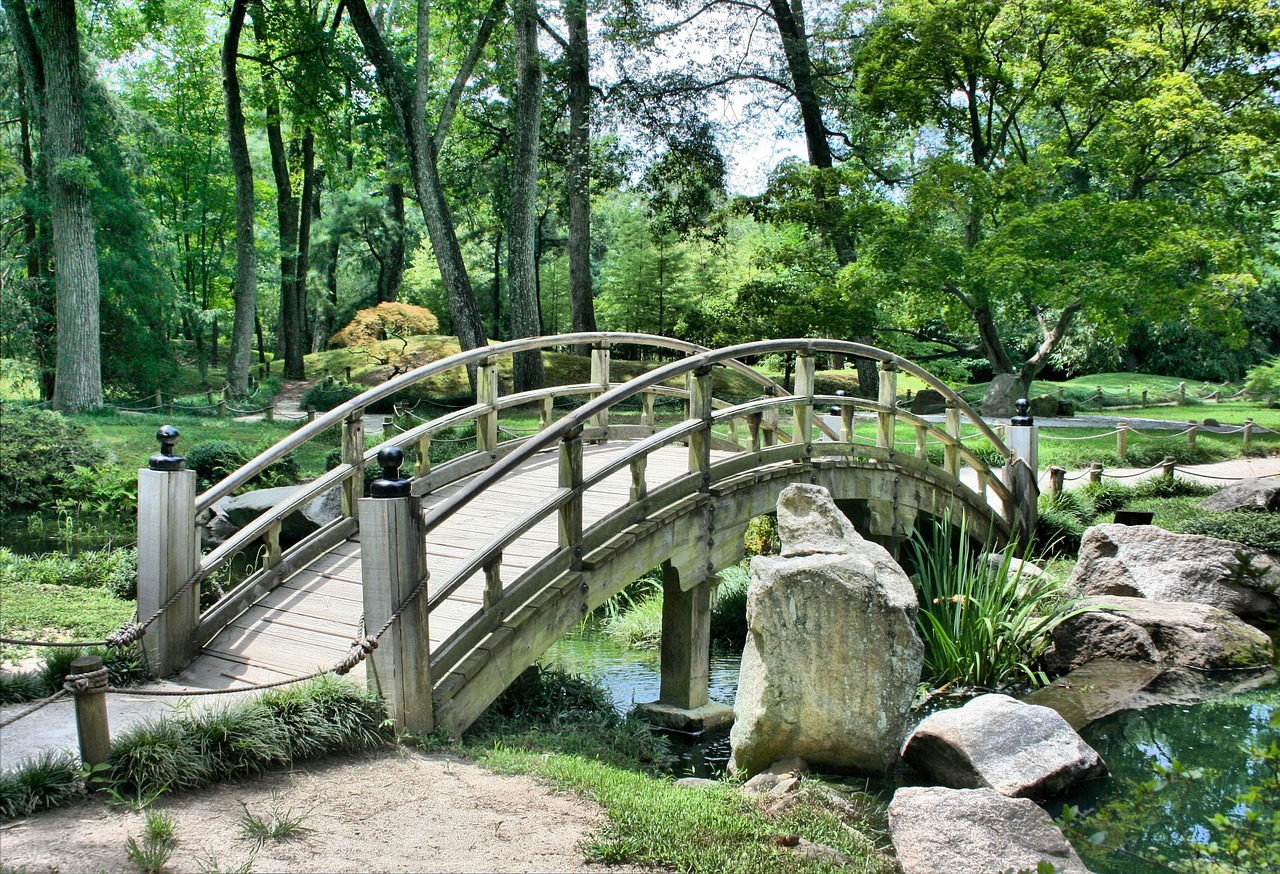
Plant Selection
Choosing the right plants for your container garden is not just about aesthetics; it’s about creating a vibrant ecosystem that thrives in limited space. Imagine your container garden as a small, self-sustaining world where each plant plays a role. The key to success lies in understanding your climate, the amount of sunlight your space receives, and your personal preferences. Are you drawn to the bright colors of annuals or the longevity of perennials? Each choice has its unique charm and benefits.
When selecting plants, consider the following factors:
- Climate: Different plants have varying tolerances to heat, cold, and humidity. Make sure to choose plants that can thrive in your local weather conditions.
- Sunlight: Assess how much sunlight your containers will receive. Some plants, like tomatoes and peppers, love the sun, while others, like ferns and hostas, prefer shade.
- Personal Preferences: Think about what you enjoy. Are you looking for fragrant herbs, vibrant flowers, or perhaps some fresh vegetables? Choose plants that excite you!
Let’s dive deeper into the types of plants you might consider for your container garden. You have two main categories to explore: annuals and perennials.
Annuals are plants that complete their life cycle in one growing season. They bloom, produce seeds, and die all within a year. This means they can provide a burst of color and variety to your garden each season. Popular annuals include petunias, marigolds, and zinnias. On the flip side, perennials come back year after year, making them a great long-term investment. Think of them as the reliable friends of your garden. Examples include lavender, hostas, and daylilies. Depending on your design, you might choose to mix both types to create a dynamic and ever-changing display.
Another exciting aspect of plant selection is companion planting. This is the practice of growing different plants together for mutual benefit. Some plants can enhance each other's growth, deter pests, or even improve flavor. For instance, basil and tomatoes are a classic pairing; basil not only repels certain pests but also enhances the flavor of tomatoes. Understanding which plants work well together can maximize your space and health of your garden. Here’s a quick reference table for some popular companion plants:
| Plant | Companion | Benefit |
|---|---|---|
| Tomatoes | Basil | Enhances flavor and repels pests |
| Carrots | Onions | Repels carrot flies |
| Peppers | Marigolds | Deters pests |
In conclusion, the selection of plants for your container garden is a delightful journey of exploration and creativity. By considering climate, sunlight, and personal preferences, you can create a stunning and sustainable green space. Remember, whether you choose the vibrant annuals or the steadfast perennials, the goal is to cultivate a garden that brings you joy and satisfaction.
Q: Can I grow vegetables in containers?
A: Absolutely! Many vegetables thrive in containers, including tomatoes, peppers, and herbs. Just ensure they receive adequate sunlight and water.
Q: How often should I water my container garden?
A: It depends on the plants and weather conditions, but generally, containers dry out faster than garden beds. Check the soil moisture regularly and water when the top inch feels dry.
Q: What size containers should I use?
A: The size of your containers will depend on the type of plants you choose. Larger plants need bigger pots to accommodate their root systems, while smaller plants can thrive in smaller containers.
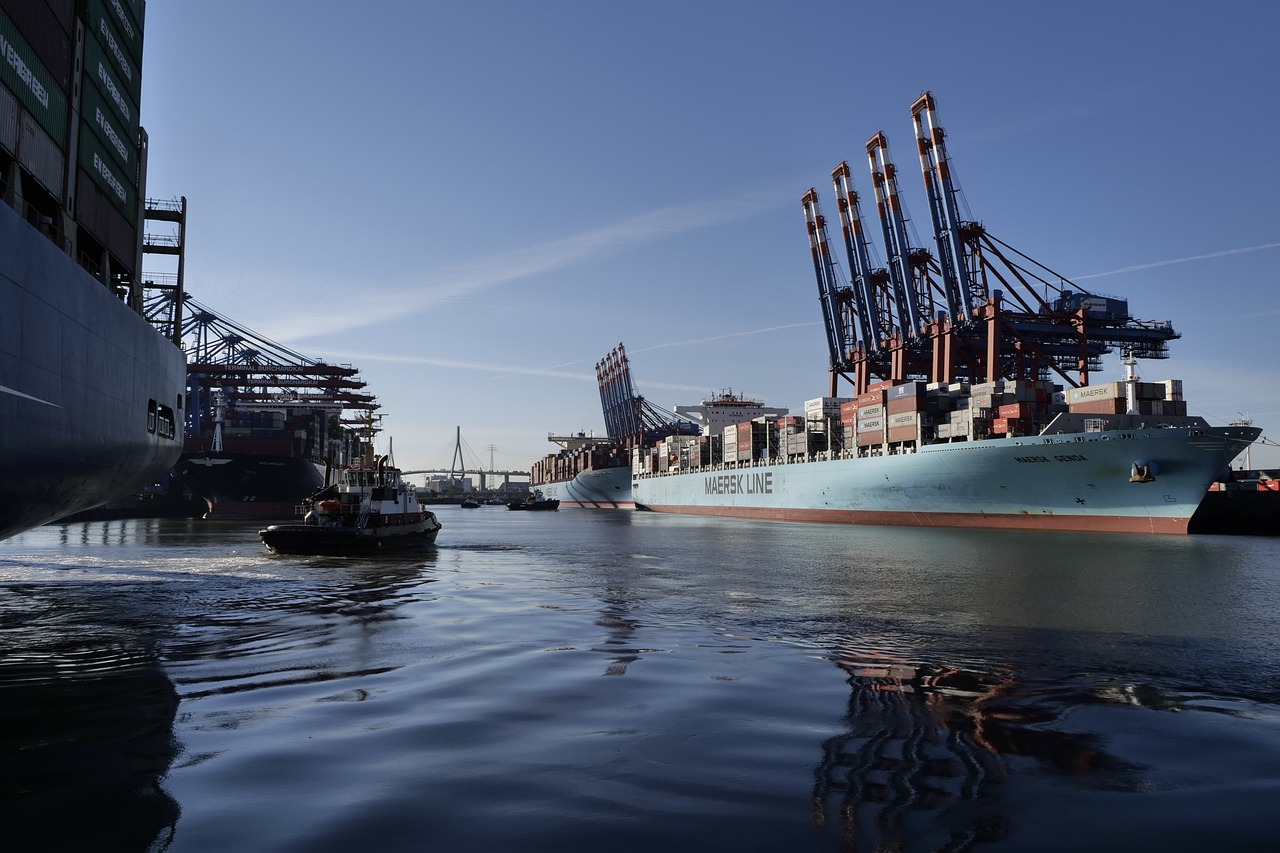
Annuals vs. Perennials
When diving into the world of container gardening, one of the most exciting choices you’ll face is deciding between annuals and perennials. Each type of plant has its own unique characteristics, benefits, and challenges that can significantly impact the look and longevity of your garden. So, what’s the difference? Annuals are plants that complete their life cycle in one growing season. They sprout, bloom, and die all within a year. This means you get vibrant colors and blooms from spring through fall, making them perfect for those who love to change their garden’s look frequently. Think of them as the party guests who come in, make a splash, and leave you with memories until next year.
On the other hand, perennials are the reliable friends of your garden. They come back year after year, often growing larger and more beautiful with each passing season. While they might not offer the same immediate burst of color as annuals, their long-term presence can create a lush, established look over time. Imagine planting a beautiful perennial like a lavender or hosta that returns every spring, bringing joy and beauty without the need for replanting. This makes them an excellent choice for gardeners who prefer a low-maintenance approach.
To help you decide which option suits your container garden best, consider the following factors:
- Color and Bloom Time: Annuals typically provide a continuous display of color throughout the growing season, while perennials may have specific bloom times.
- Maintenance: Annuals require replanting each year, which can be labor-intensive, while perennials need less frequent attention once established.
- Longevity: If you’re looking for plants that will last for years, perennials are the way to go.
- Seasonal Interest: Mixing both types can provide year-round visual interest in your container garden.
In conclusion, the choice between annuals and perennials boils down to your personal gardening style and preferences. If you love experimenting with different colors and designs each year, annuals will be your best friends. However, if you prefer a stable, enduring garden that requires less frequent replanting, perennials are your go-to. Why not try a combination of both? This way, you can enjoy the immediate beauty of annuals while also nurturing the lasting charm of perennials.
Q: Can I mix annuals and perennials in the same container?
A: Absolutely! Mixing annuals and perennials can create a dynamic and visually appealing garden. Just ensure that the plants have similar water and light requirements.
Q: How do I care for annuals and perennials differently?
A: Annuals typically need more frequent watering and fertilizing since they have a shorter life cycle. Perennials, once established, usually require less maintenance, though they may need dividing every few years.
Q: When is the best time to plant annuals and perennials?
A: The best time to plant annuals is in the spring after the last frost, while perennials can often be planted in either spring or fall, depending on the specific species.

Companion Planting
Companion planting is like creating a symphony in your garden, where each plant plays its part to enhance the overall performance. Imagine your garden as a bustling community, where certain plants naturally support each other, leading to healthier growth and improved yields. This practice not only maximizes space but also promotes a balanced ecosystem that can fend off pests and diseases. It’s a simple yet effective strategy that can transform your container garden into a thriving green sanctuary.
So, what exactly is companion planting? It’s the art of pairing plants that have beneficial relationships. For instance, did you know that planting **basil** alongside **tomatoes** can enhance the flavor of the tomatoes while also repelling pesky insects? Or consider the dynamic duo of **carrots** and **onions**; they work together to deter pests that might otherwise target them. These partnerships are not just folklore but are backed by years of gardening wisdom.
When planning your container garden, think about how these relationships can benefit your plants. Here are a few combinations that work wonders:
- Marigolds with almost any vegetable: Their vibrant flowers attract beneficial insects while repelling harmful ones.
- Beans with corn: Beans fix nitrogen in the soil, which is beneficial for corn, while corn provides a natural support structure for beans to climb.
- Spinach with strawberries: Spinach can provide ground cover that keeps strawberries cool and moist.
However, be cautious; not all plants are friends. Some can actually hinder each other's growth. For example, planting **cabbage** with **strawberries** is a no-go, as cabbage can stunt the growth of strawberries. It’s essential to research and understand these relationships to create a harmonious environment for your plants.
Additionally, companion planting can help in managing pests naturally. By attracting beneficial insects like ladybugs and lacewings, you can reduce the reliance on chemical pesticides. For instance, planting **dill** near **cabbage** can attract these helpful insects, keeping your cabbage free from aphids and other pests.
To sum it up, companion planting is a smart strategy that not only enhances the aesthetics of your container garden but also boosts plant health and productivity. By choosing the right plant partners, you can create a thriving ecosystem that benefits both your plants and the environment. It's like having a garden that works together as a team, making your gardening experience not only more fruitful but also more enjoyable.
Q: What is companion planting?
A: Companion planting is the practice of growing different plants together for mutual benefits, such as pest control, improved growth, and enhanced flavors.
Q: Can any plants be companions?
A: Not all plants work well together. Some can inhibit each other's growth, so it's important to research compatible plants before planting.
Q: How does companion planting help with pest control?
A: Certain plants can attract beneficial insects that prey on pests, reducing the need for chemical pesticides.
Q: Is companion planting suitable for container gardens?
A: Absolutely! Companion planting is a great way to maximize space and improve the health of plants in container gardens.

Maintenance and Care
Maintaining your container garden is like nurturing a relationship; it requires regular attention, love, and a bit of know-how to flourish. Just as you wouldn’t neglect a friend in need, your plants too deserve the same level of care. Regular maintenance ensures that your plants remain healthy, vibrant, and productive throughout the growing season. A well-maintained container garden not only enhances the aesthetic appeal of your space but also contributes to a thriving ecosystem. So, what are the key components of maintaining a healthy container garden? Let’s dive in!
First and foremost, watering is critical. Unlike traditional gardens, container gardens can dry out quickly, especially in warmer weather. It’s essential to establish a consistent watering schedule. A good rule of thumb is to check the soil moisture daily. If the top inch of soil feels dry, it’s time to water. However, be cautious not to overwater, as this can lead to root rot. To help you visualize the right amount of water, consider the following:
| Container Size | Watering Frequency |
|---|---|
| Small (up to 1 gallon) | Every 1-2 days |
| Medium (1-3 gallons) | Every 2-3 days |
| Large (3+ gallons) | Every 3-5 days |
Next, let's talk about pest management. Just like in any relationship, you may encounter some challenges along the way. Pests can be a significant threat to your plants' health. Keeping an eye out for common pests like aphids, spider mites, and whiteflies is crucial. You can adopt various strategies to manage pests effectively. For instance, introducing beneficial insects like ladybugs can naturally reduce pest populations. Alternatively, you can use organic insecticidal soaps or neem oil for a more direct approach. Remember, the goal is to maintain a healthy balance without harming your plants.
Another vital aspect of maintenance is fertilization. Your plants need nutrients to thrive, and container soils can deplete quickly. Depending on your plant types, you should fertilize every few weeks during the growing season. Organic fertilizers, such as compost or fish emulsion, can provide a slow release of nutrients, while synthetic options offer a quick boost. Choose according to your gardening philosophy and the specific needs of your plants.
Pruning is also an essential practice to keep your container garden looking its best. Regularly snipping off dead or yellowing leaves not only enhances the appearance of your plants but also encourages new growth. It’s like giving your plants a fresh haircut! Additionally, removing spent flowers can promote blooming in flowering plants, leading to a more vibrant display.
Lastly, seasonal care tips can help you adapt your maintenance routine throughout the year. In the warmer months, ensure your containers are adequately watered and shaded if necessary. As the seasons change, consider whether your plants need to be brought indoors or protected from frost. Being proactive about seasonal changes can save you a lot of heartache down the line.
- How often should I water my container garden? It depends on the size of the container and the weather, but checking daily is a good practice.
- What can I do about pests in my container garden? Use beneficial insects, organic pesticides, or neem oil to manage pest populations effectively.
- When should I fertilize my container plants? Generally, every few weeks during the growing season is ideal, but it varies based on plant needs.
- How do I know if my plants need pruning? Look for dead leaves or spent flowers; if you see them, it's time to prune!
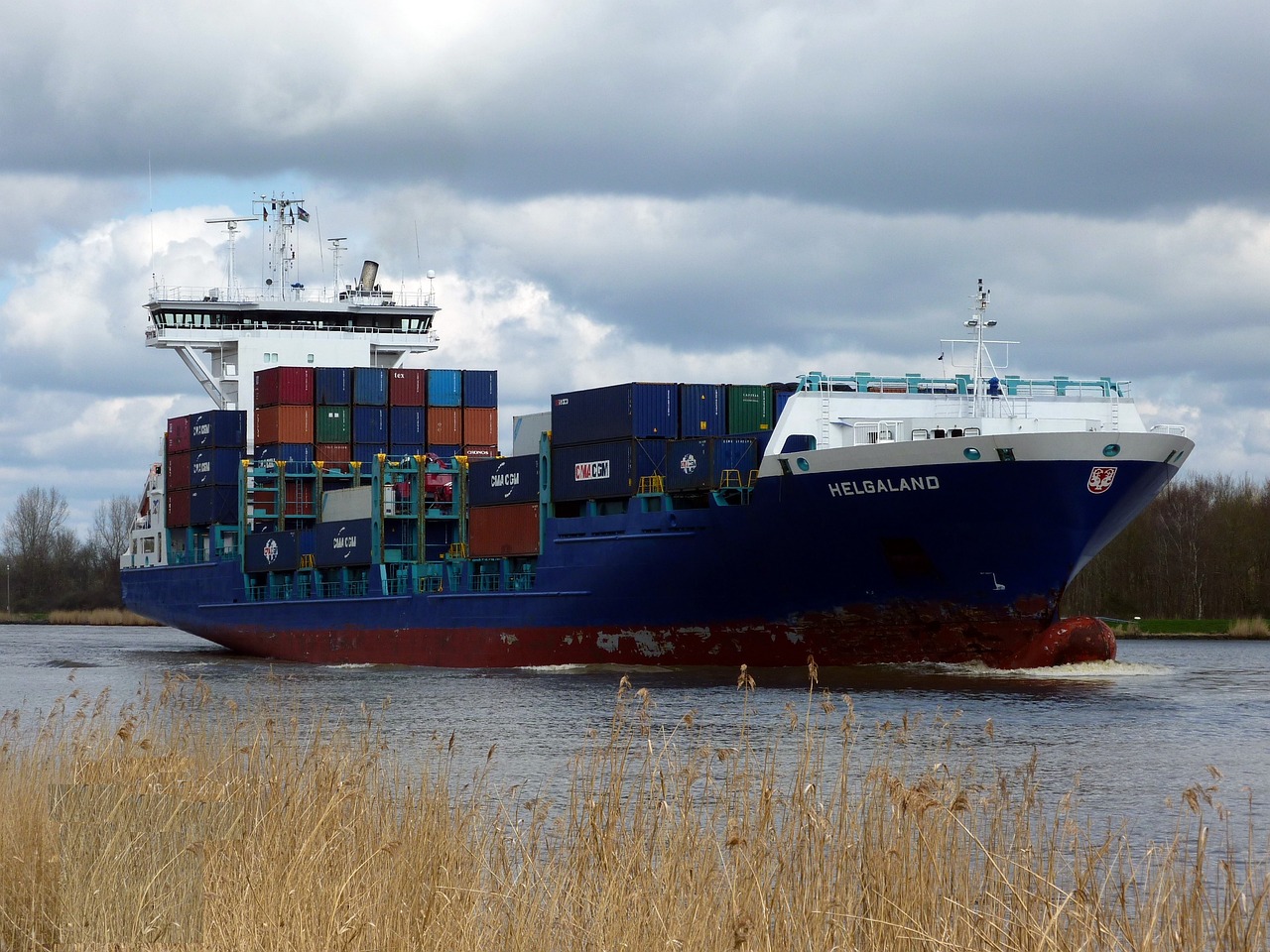
Pest Management
Pest management is a critical aspect of maintaining a healthy container garden. Just like a knight protects a castle, you need to safeguard your plants from the pesky invaders that can threaten their growth and vitality. Whether it's aphids, spider mites, or snails, understanding how to manage these nuisances effectively can be the difference between a flourishing garden and a sad, wilting collection of plants.
One of the first steps in pest management is to regularly inspect your plants. Look for signs of damage, such as holes in leaves or sticky residue, which can indicate an infestation. Early detection is key; the sooner you identify a problem, the easier it is to manage. If you spot any unwelcome guests, don't panic! There are several methods to control pests, ranging from natural remedies to chemical solutions.
When it comes to natural pest control, there are numerous options available that can be both effective and environmentally friendly. For instance, introducing beneficial insects like ladybugs or lacewings can help keep aphid populations in check. Additionally, using neem oil or insecticidal soap can deter a variety of pests without harming your plants. Here’s a quick overview of some popular natural pest management methods:
| Method | Description |
|---|---|
| Beneficial Insects | Introduce insects that prey on harmful pests, such as ladybugs for aphids. |
| Neem Oil | A natural pesticide that disrupts the life cycle of pests. |
| Insecticidal Soap | A soap-based solution that suffocates soft-bodied insects. |
On the other hand, if your pest problem escalates, you might need to consider synthetic pesticides. While they can be effective, they come with their own set of risks and should be used judiciously. Always follow the instructions on the label and consider the potential impact on beneficial insects and the surrounding environment. Remember, the goal is to create a balanced ecosystem in your container garden.
Another important aspect of pest management is maintaining healthy plants. A strong, healthy plant is less susceptible to pests and diseases. Ensure your plants receive adequate water, sunlight, and nutrients to build their resilience. Additionally, practice good hygiene by removing any dead leaves or debris from your containers, as these can harbor pests and diseases.
Lastly, consider implementing a preventative approach. This means selecting pest-resistant plant varieties and rotating your crops to disrupt pest life cycles. By being proactive, you can reduce the likelihood of infestations and enjoy a vibrant, thriving container garden.
- How can I tell if my plants have pests? Look for signs like discolored leaves, webbing, or visible insects on your plants.
- Are natural pest control methods effective? Yes, many natural methods can be very effective and are safer for the environment.
- How often should I check my plants for pests? Regular inspections every week or two can help catch problems early.
- Can I use chemical pesticides in my container garden? Yes, but use them sparingly and follow all safety instructions to protect beneficial insects.
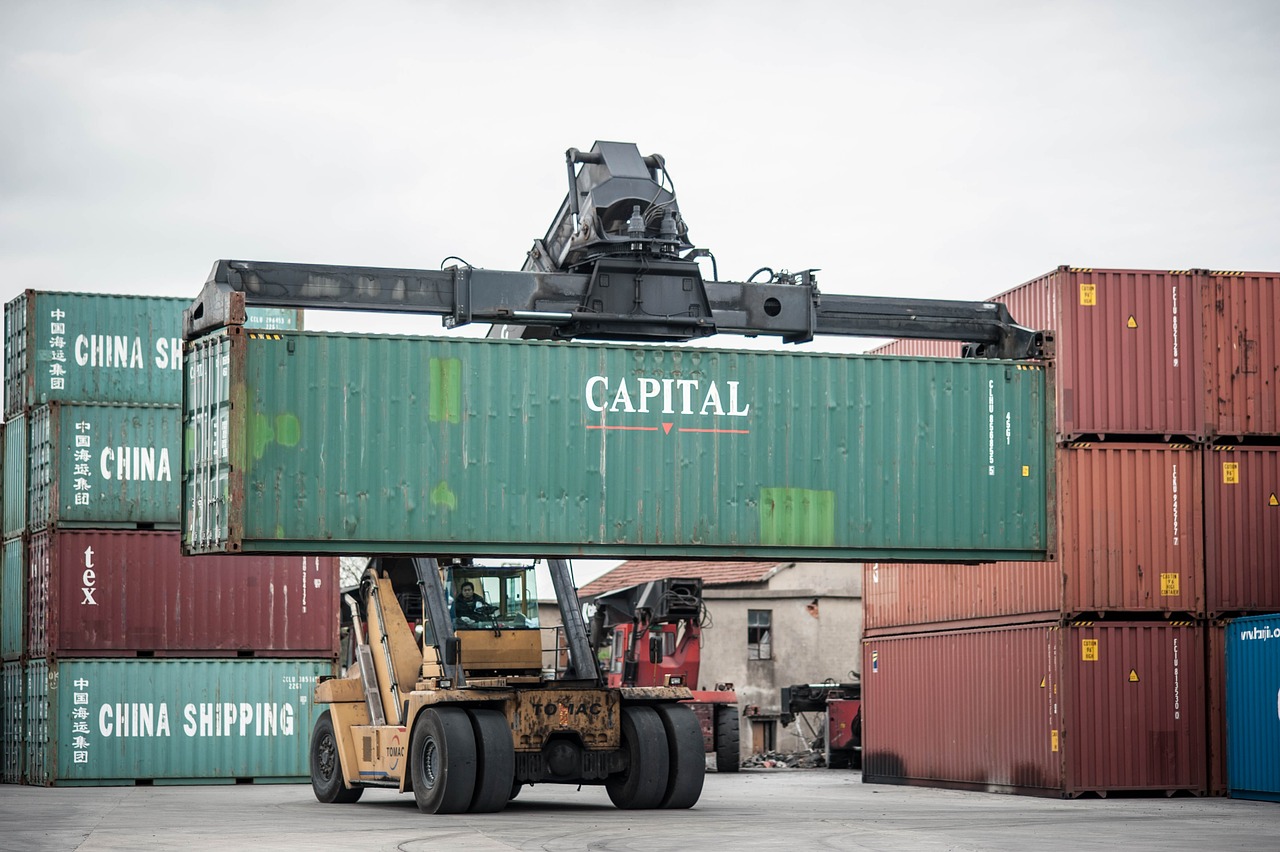
Seasonal Care Tips
When it comes to nurturing your container garden, understanding the seasons is like having a secret weapon in your gardening arsenal. Each season brings its own set of challenges and opportunities, and knowing how to adapt your care routine can make all the difference in keeping your plants healthy and flourishing. For instance, during the spring, as temperatures rise, your plants will start to wake up from their winter slumber. This is the perfect time to begin fertilizing, as they will be eager to absorb nutrients to fuel their growth. Remember to use a balanced fertilizer to promote robust foliage and vibrant blooms.
As summer rolls in, the heat can be both a blessing and a curse. While your plants may be thriving in the warm sun, they can also become stressed from the heat. This is when consistent watering becomes crucial. On particularly hot days, you might need to check your containers twice a day to ensure they don’t dry out. Consider using mulch on the surface of the soil to help retain moisture and keep the roots cool. Additionally, be vigilant for any signs of pests that may be more active in the warm weather.
When autumn arrives, it’s time to start thinking about transitioning your garden. Many annuals will begin to fade, and it’s important to remove any dead or diseased plants to prevent pests and diseases from spreading. This is also a great time to plant cool-season crops that can thrive in the cooler temperatures, such as kale or pansies. If you live in an area that experiences frost, consider bringing your containers indoors or covering them to protect them from the cold.
Winter can be a challenging time for container gardens. While many plants go dormant, those that remain can be susceptible to frost damage. If you have tender plants, it’s advisable to move them to a sheltered location, like a garage or a sunroom. For hardy plants, wrapping your containers with burlap or bubble wrap can help insulate the soil and roots. Additionally, be mindful of watering; even though growth slows, plants still need moisture. A good rule of thumb is to check the soil moisture before watering, ensuring that it doesn’t dry out completely.
To summarize, here are some key seasonal care tips for your container garden:
- Spring: Start fertilizing and check for pests.
- Summer: Water consistently and monitor for heat stress.
- Autumn: Remove dead plants and consider cool-season crops.
- Winter: Protect plants from frost and manage watering carefully.
By tailoring your care routine to the seasons, you not only enhance the beauty of your container garden but also ensure its longevity and health. Just like a well-tuned orchestra, every season plays its part in the symphony of growth and vitality that your garden can achieve!
Q: Can I grow vegetables in containers year-round?
A: Yes, you can grow vegetables year-round in containers, but it depends on your climate. Some cool-season crops can be planted in the fall and winter, while others thrive in the warmer months.
Q: How often should I water my container plants?
A: Watering frequency depends on the plant type and weather conditions. Generally, check the soil moisture daily during hot weather and water when the top inch feels dry.
Q: What should I do with my container garden in the winter?
A: Move tender plants indoors or insulate them if they remain outside. Monitor moisture levels and adjust watering as needed during the colder months.
Frequently Asked Questions
- What types of containers are best for a container garden?
When starting a container garden, the best containers are those that provide adequate drainage and are made from materials like clay, plastic, or wood. Ensure the size is appropriate for the plants you choose, as larger containers hold moisture better and allow for more root growth.
- How do I choose the right soil for my container plants?
Choosing the right soil is crucial for your plants' health. Look for high-quality potting mixes that are lightweight and well-draining. You might also consider specific mixes for different plant types, such as cactus soil for succulents or moisture-retaining mixes for tropical plants.
- What is the difference between organic and synthetic fertilizers?
Organic fertilizers are derived from natural sources and improve soil health over time, while synthetic fertilizers provide immediate nutrients but can lead to soil degradation with prolonged use. The choice depends on your gardening philosophy and the specific needs of your plants.
- How often should I water my container plants?
Watering frequency can vary based on the type of plants, container size, and weather conditions. Generally, it's best to check the soil moisture regularly. If the top inch of soil feels dry, it's time to water. Remember, overwatering can be just as harmful as underwatering!
- Can I plant annuals and perennials together in the same container?
Yes, you can plant annuals and perennials together! Just ensure that their light, water, and nutrient needs align. Annuals will provide immediate blooms while perennials will establish themselves for future seasons, creating a dynamic and colorful display.
- What are some effective pest control methods for container gardens?
For pest control, consider using natural methods such as introducing beneficial insects like ladybugs, or using neem oil and insecticidal soaps. If you prefer chemical options, select targeted pesticides that are safe for container plants and follow the instructions carefully.
- How do I prepare my container garden for different seasons?
Seasonal care involves adjusting your watering and fertilization schedules, as well as protecting your plants from extreme weather. In winter, consider bringing containers indoors or using protective covers, while in summer, ensure your plants are adequately shaded and hydrated.



















